One of the few big steam locomotives that railfans can see in action, Union Pacific no. 844, joins Kato USA’s N scale roster. The dimensionally accurate plastic model features a coreless-motor drive that can be converted to Digital Command Control.
The prototype. Union Pacific no. 844 is the last steam locomotive delivered to the UP. It’s a member of the FEF-3 (Four-Eight-Four, third order) class delivered by Alco in late 1944 to help handle an upsurge in passenger traffic near the end of World War II. The 10 high-horsepower FEF-3 locomotives traced their lineage back to the FEF-1 class 4-8-4 locomotives first delivered in 1937. As diesels took over top passenger routes in the late 1950s, no. 844 and other FEF steamers soldiered on hauling secondary varnish and freight assignments.
In 1960, the locomotive was saved from the scrapper’s torch for use as an excursion locomotive. Since then, it’s logged thousands of miles leading trains across the country to special events such as the 1974 Expo in Spokane, Wash., the 1984 World’s Fair in New Orleans, and the UP’s 2012 150th anniversary tour. Renumbered in the 1960s to no. 8444 to avoid conflict with a UP GP30 numbered 844, the FEF got its original number back when that Geep was retired in 1989. After an extensive overhaul that began in 2000, no. 844 returned to service in 2005 and remains one of the railroad’s longest-serving locomotives.
The model. The dimensions of the Kato model match prototype FEF-3 drawings in The Locomotive Cyclopedia, Vol. 1 (Hundman Publishing), including 42″ diameter pilot and trailing truck wheels and 80″ drivers.
The molded detail on the plastic locomotive and tender is sharply defined and for the most part matches prototype photos. The model has six-pane cab windows, but the prototype has four-pane windows.
Separately applied detail parts include the “elephant ear” smoke lifters, locomotive and tender handrails, and the piping under the running board. The model also correctly features a Worthington SA feedwater heater under the left running board between the second and third drivers. Number 844 was one of three FEF-3s that featured this appliance.
The gloss black paint and silver smokebox on the model depict no. 844 as she looks today in excursion service. The cab lettering is the proper font and the Harriman classification under the engine number is legible and correct. The trailing and tender truck journal bearing caps are painted silver. The running boards, pilot truck wheels, and driver tires are rimmed in white. The pilot wheels are blackened metal. To look like the prototype, they should be painted black with silver journal-bearing caps.
While the bell is a bright gold color, the whistle and safety valves are black. It should be easy for the modeler to paint these parts gold as well to look more like the brass parts on the prototype.
The mechanism. After lifting off the press-fit locomotive cab and cab window glazing, I removed the screw in the cab floor. I could then lift off the plastic locomotive boiler.
The coreless motor and flywheel are housed inside a die-cast metal frame. A gearbox connects the motor to the third driver axle. The metal siderods transfer power to the other axles. The third drivers have plastic traction tires; the other drivers pick up track power.
The printed-circuit board is mounted on top of the motor and flywheel. This board includes a surface-mounted light-emitting diode that illuminates the model’s headlight and number boards via a clear plastic light tube.
A press-fit drawbar connects the locomotive to the tender. Removing the press-fit tender shell reveals a metal weight. All the wheels on the tender’s four-wheel truck and the rearmost four wheels of its pedestal truck pick up track power. Unlike the prototype, these last four wheels pivot along with the tender’s coupler to allow the locomotive to round curves with radii as tight as 11″.
Conversion to DCC. Train Control Systems makes a board-replacement non-sound decoder for the FEF that includes a built-in LED headlight and three additional lighting outputs (item no. K6D4, manufacturer’s suggested retail price of $42.75).
The model could also be converted to DCC by hardwiring a motor and light control decoder to the appropriate leads, as long as the decoder board was small enough to fit in the tender. It would be up to the modeler to use the factory light board or not. The motor’s stall current is only 80mA, so it should be compatible with even the smallest decoders. A version with factory-installed DCC is also available for an extra $35.
For those willing to undertake a more advanced installation, SoundTraxx has free downloadable installation instructions available at www.soundtraxx.com/support under the Application Notes heading. This installation uses a Micro Tsunami DCC sound decoder (TSU-750 for heavy steam, MSRP $139.95) and a 14mm x 25mm oval speaker (item no. 810112, MSRP $13.50).
Performance. The locomotive’s coreless motor provides oily smooth performance and is virtually silent. During testing, I was careful not to use a power pack that exceeded 12V to avoid damaging the motor. The model crept along at 3 scale mph when I advanced our workshop’s Model Rectifier Corp. power pack to 1V. At 12 volts the model attained a top speed of 133 scale mph. This is a bit fast, as the prototype’s top speed was 110 mph.
The locomotive’s 3.1 ounces of tractive effort is the equivalent of 25 free-rolling N scale passenger cars on straight and level track. The model should have no trouble hauling its two water tenders and seven-car excursion train, especially if the modeler chooses to follow the prototype’s practice of using an SD70ACe or ES44AC as a helper.
During real-world testing on the Model Railroader staff’s N scale Salt Lake Route layout (See the January through June 2010 issues of MR), the FEF-3 easily hauled the two water tenders and seven-car train around the layout’s 15″ curves, including a reverse curve through a tunnel. The model also easily negotiated no. 6 turnouts and a double crossover without stuttering, and its headlight remained constantly illuminated.
With its powerful mechanism and accurate detailing, this N scale no. 844 from Kato USA is a worthy tribute to its famous prototype.
Price: $275 (direct-current), $310 (factory-installed Digital Command Control)
Manufacturer
Kato USA Inc.
100 Remington Rd.
Schaumburg, IL 60173
www.katousa.com
Era: 1944 to present
Features
▪▪Coreless motor with flywheels
▪▪Electrical pickup on six drivers and eight tender wheels
▪▪Light-emitting diode illuminates headlight and number boards
▪▪Metal wheels in gauge
▪▪Minimum radius: 11″ (level curves), 123⁄8″ (reverse or S curves), 15″ (viaduct curves)
▪▪Traction tires on two drivers
▪▪Kato knuckle coupler on rear of tender at correct height
▪▪User-installed pilot with coupler for double-heading
▪▪Weight: 4 ounces (engine), 5 ounces (engine and tender)
Union Pacific water tenders
Price: $79 (2-car set)
Features
▪▪Each tender is newly tooled
▪▪Kato knuckle couplers at correct height
▪▪Marker lights can be illuminated with optional lighting board (sold separately)
▪▪Metal wheels in gauge
▪▪Weight: 1.1 ounces (0.1 ounce too heavy according to NMRA RP-20.1)





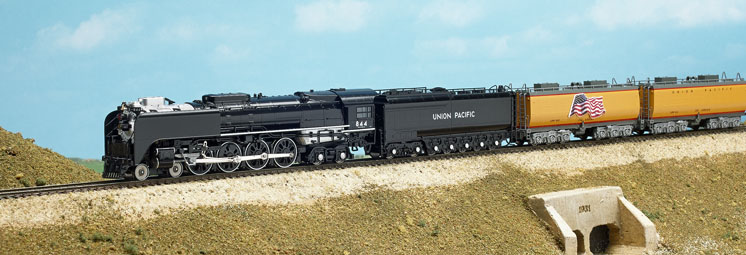
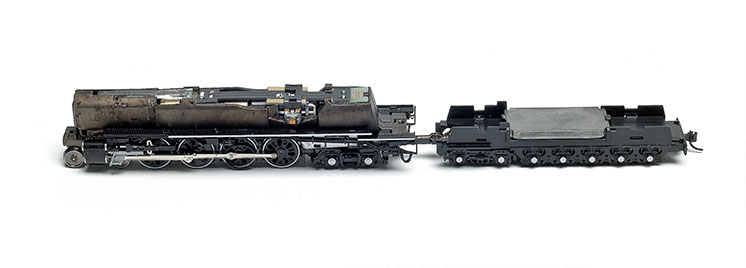
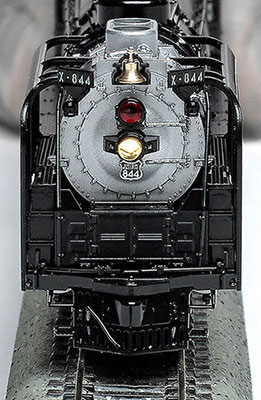
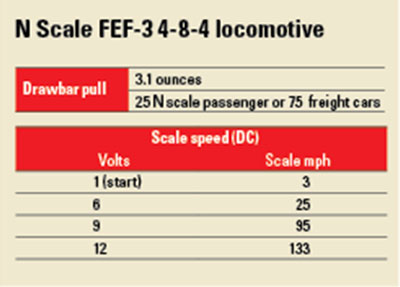


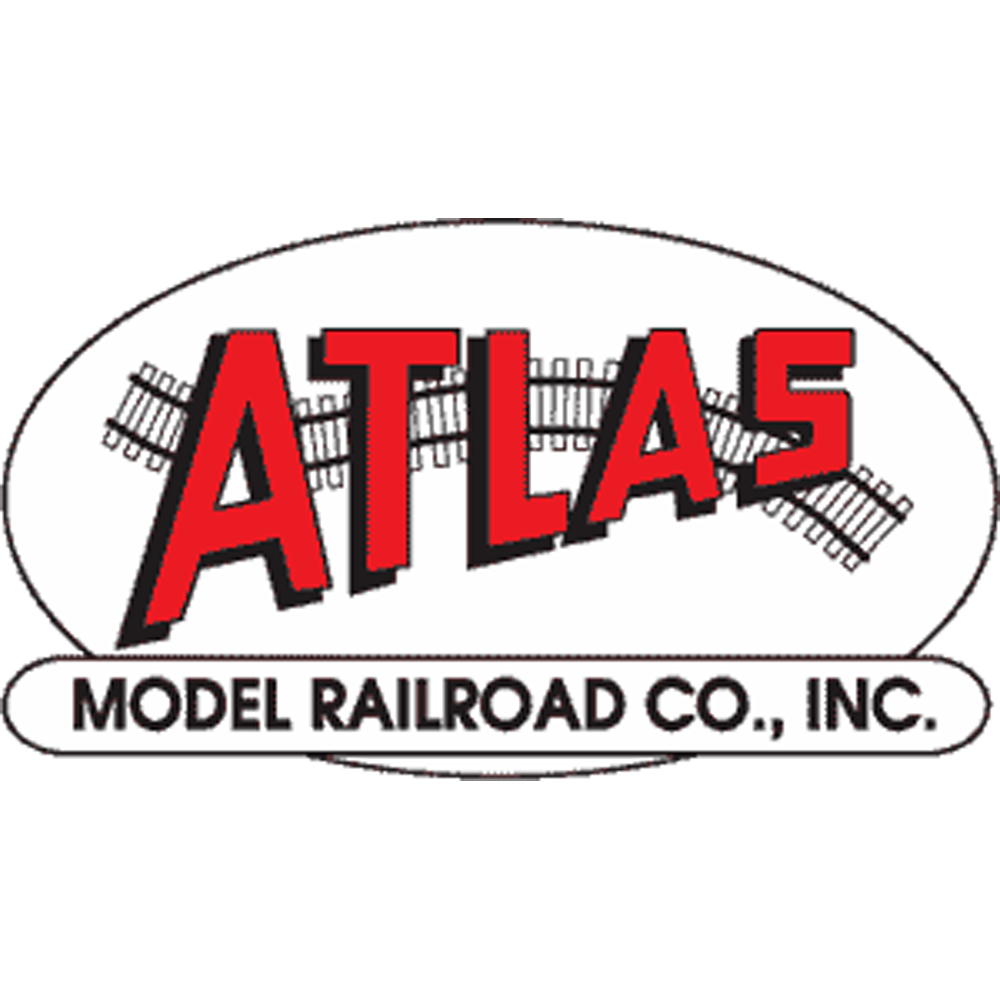
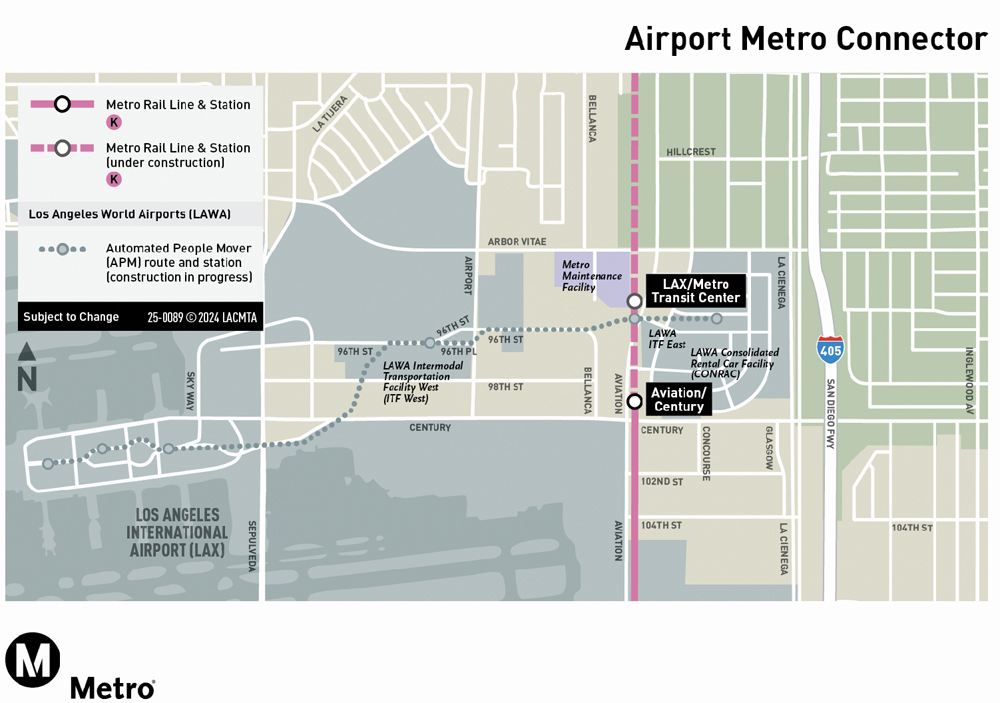
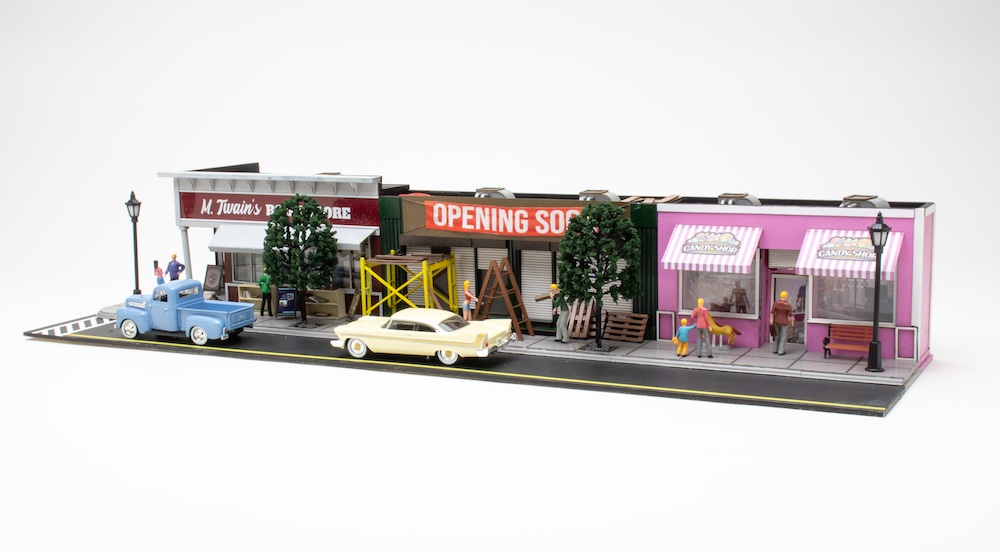




It's very detailed ,considering the fact that it's such a small model.